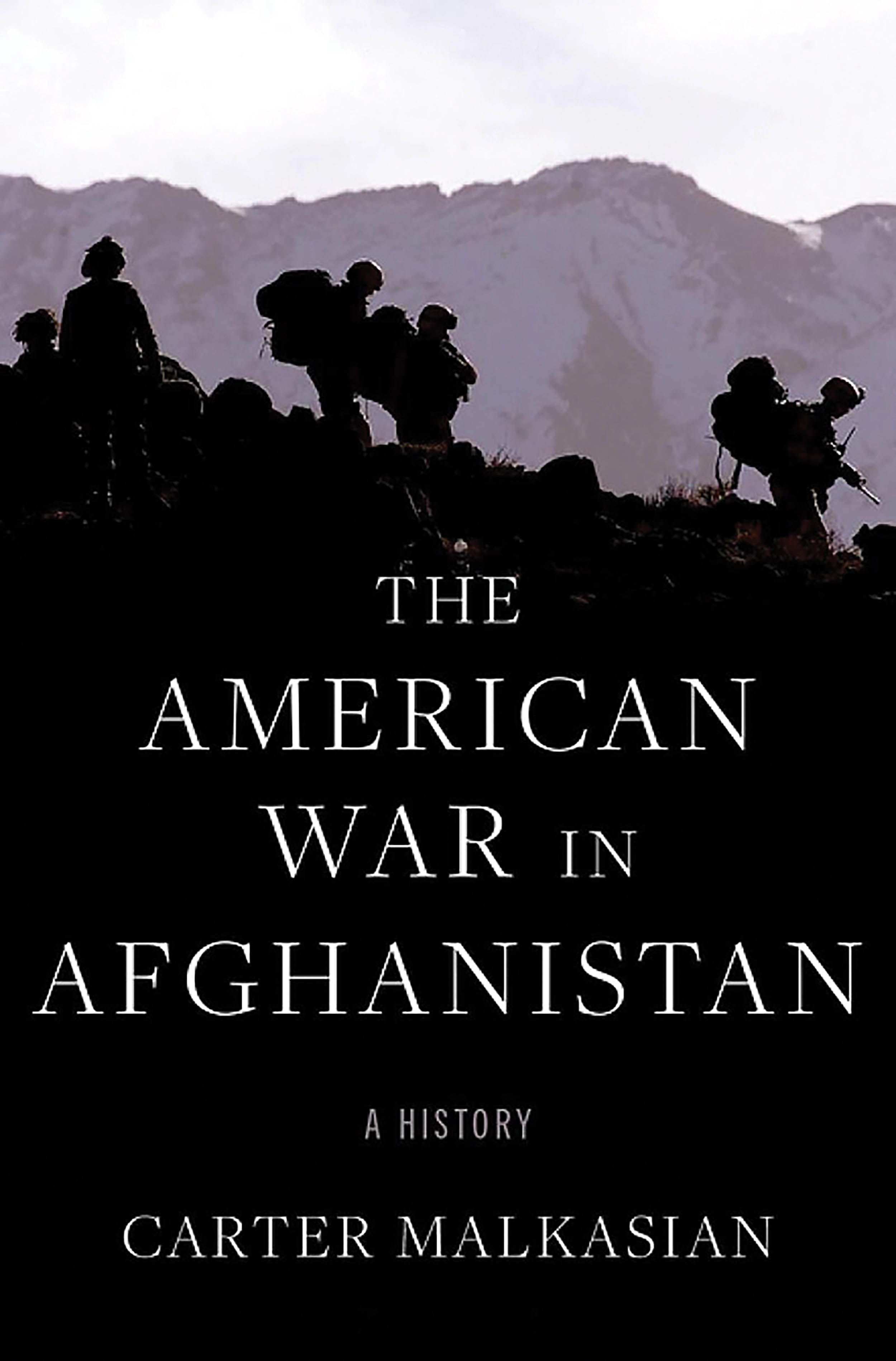Download PDF
Colonel Kevin D. Stringer, USA (Ret.), Ph.D., is the Chair of Education for the U.S. Irregular Warfare Center and an affiliated faculty member at the General Jonas Žemaitis Military Academy of Lithuania.

The American War in Afghanistan: A History
By Carter Malkasian
New York: Oxford University Press, 2021
496 pp. $34.95
ISBN: 9780197550779
Reviewed by Kevin D. Stringer
Carter Malkasian provides a magisterial and balanced account of the American intervention in Afghanistan from 2001 until the early months of 2021. His writing, analysis, and credibility are buttressed by his multiple deployments to the country at both the provincial and district levels as well as by his fluency in Pashto. His roles as senior advisor to the military commander in Afghanistan and later to the Chairman of the Joint Chiefs of Staff further enhance his insights. Since the topic can be approached from a myriad of perspectives, Malkasian’s book is likely the first in a long series of historical examinations over the next several decades. His book can serve as the flagship for those who follow, given its comprehensiveness and lucidity. While lessons for future conflicts are abundant, The American War in Afghanistan illuminates three critical areas for understanding U.S. operations and errors in Afghanistan: improper cultural understanding of Afghanistan and the region, avoidable national security policy mistakes, and blunders in decisionmaking by senior leaders.
Malkasian adroitly demonstrates how successive U.S. administrations and their military and civilian leaders failed to understand that the Taliban most represented the Afghan culture’s tribal core values, which centered on Islam and resistance to any foreign occupier. This cultural dimension made any Western-supported government suspect. The American tendency to conflate the Taliban with al Qaeda, especially in the period of 2001–2005, compounded this lack of comprehension and resulted in the exclusion of the Taliban in a post-invasion agreement. This exclusion closed what was probably the best chance for an orderly withdrawal after the great 2001 success in what would become an extended conflict. At the regional level, an inability to understand and address Pakistan’s historical, cultural, and geopolitical position in a nuanced fashion resulted in creating a permanent sanctuary for the Taliban outside of Afghanistan and a state provider of security force assistance for the Taliban’s resistance fighters within Afghanistan.
Similarly, the author reflects on and examines a continuous sequence of avoidable national security policy mistakes—avoidable in the sense that the correct policy decisions would have required the courage to confront skeptical domestic and bureaucratic constituencies. Two major examples illustrate these miscalculations. First, the unwillingness to engage in a firm but direct diplomacy with the Taliban closed opportunities to reach a negotiated settlement under the Bush and Obama administrations. Second, President Barack Obama’s restrictive policy on airstrikes from 2014–2015 led to a series of Afghan government defeats, resulting in a downward spiral in morale for the Afghan military that echoed into 2021. Malkasian illustrates this misplaced policy when he notes how Obama White House staff “often asked why the Afghan army needed air support when the Taliban so clearly did not.” This approach cost the Afghan military dearly in both blood and spirit.
Finally, the author stresses the importance of human agency. On the civilian side, although the decisionmaking of all four involved Presidents contributed to the 20-year imbroglio, the author demonstrates that President Obama oversaw the period with the greatest prospects for an acceptable solution. His missteps were unfortunately manifold. As noted, he failed to negotiate with the Taliban, he did not leverage the troop surge to its fullest, and his communication of a withdrawal deadline instead of relying on a conditions-based troop reduction allowed the Taliban to wait him out.
Interestingly, the author postulates that President Donald Trump had the political courage and will to open negotiations with the Taliban, which provided the only opportunity for a peace with honor. Sadly, President Trump’s impatient and erratic policymaking made for a less-than-satisfactory peace agreement. Insightfully, Malkasian notes that whereas the Bush and Obama administrations neglected to engage with the Taliban, the Trump White House negotiated a settlement without the Afghan government, thereby undercutting the legitimacy of the agreement. This method repeated that of the 1973 Paris Peace Accords, which ended the Vietnam War for the United States. The South Vietnamese government was also excluded and overrun by North Vietnam 2 years later.
On the military side, Malkasian critiques fewer of the military commanders but singles out a handful of notables for a closer examination. General Joseph Dunford, former Chairman of the Joint Chiefs of Staff, comes away as the most astute and prescient general of the war. Although Malkasian worked directly for Dunford, he provides a fair assessment of the general’s pragmatic approach to the Afghan conflict. Unerringly, General Dunford focused consistently on the main U.S. interest: “protecting the United States from terrorist attacks—with the minimum force.” In addition, Dunford studiously avoided the media, which resulted in his not running afoul of the White House. General Scott Miller, the former Joint Special Operations Command leader, who served multiple Afghan tours, receives merited accolades as the “most skilled general of the war.” His strategy adjustments to support negotiations, his “black cloud” operational approach (which combined a lethal package of special operations, drones, and intelligence assets to maximize pressure on the Taliban), and his preparation for withdrawal are worthy of future study for a campaign well-executed under trying circumstances.
This book is essential reading for all military officers, national security professionals, U.S. politicians, and relevant academics. While not the final assessment of the conflict, since it does not cover the Joe Biden administration’s disastrous withdrawal and evacuation of Afghanistan in August 2021, The American War in Afghanistan offers an academic-practitioner’s incisive account of the political and military aspects of America’s longest war. It provides numerous valuable lessons, not the least of which is a reminder of the human costs of such a foreign intervention. JFQ